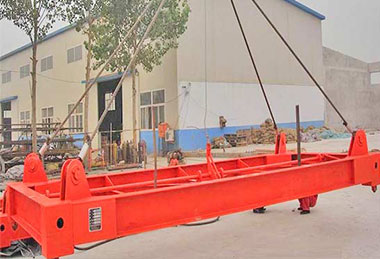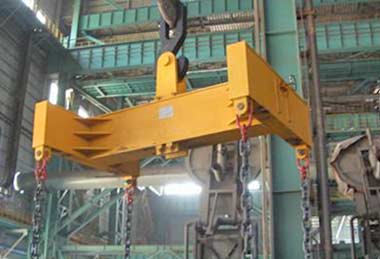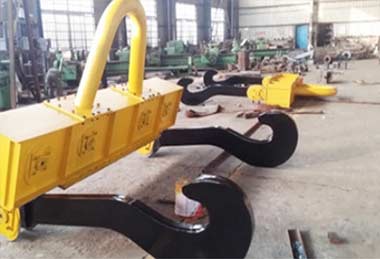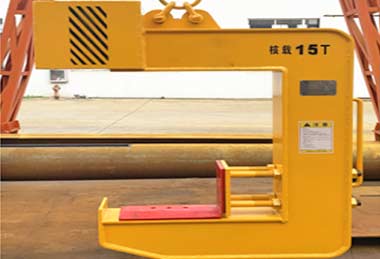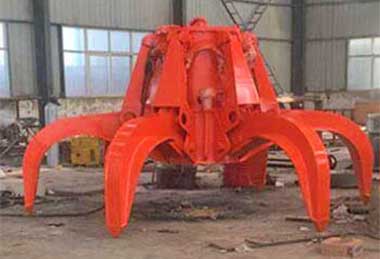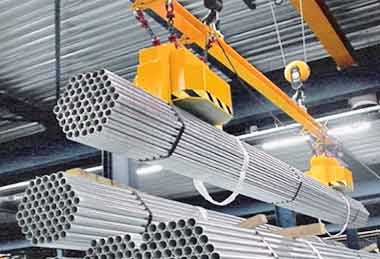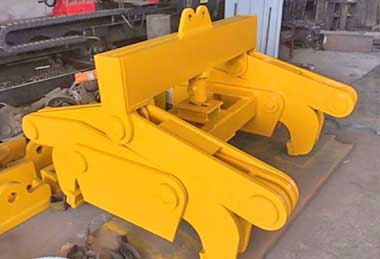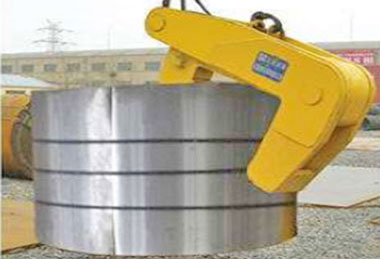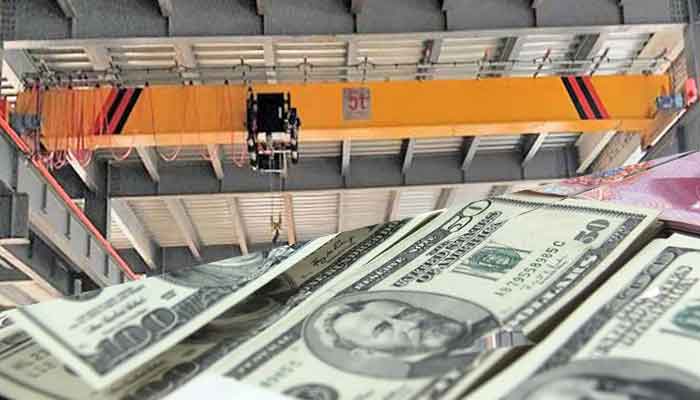
Overehad Crane Cost: What’s the Cost of an Overhead Crane System?
What's the cost of an overhead crane system? What's affect overhead crane cost? Check all the factors affect your overhead crane cost? Let's read on.
What factor affect an overhead crane cost?
The type of crane, the span, the capacity, the duty cycle, the operating environment, and any other building or structural concerns can all affect the price of an overhead crane.
When contacting an overhead crane manufacturer for a quote on your project, you should be prepared to address the following information to ensure that you acquire the correct sort of overhead crane for your business:
- The crane you'll require
- The horizontal distance between the runway rails, or the span you need to cover under the crane.
- The capacity, also known as the maximum rated load, that your crane must lift.
- The crane's anticipated height, or the required lift
- How fast the crane must be and how frequently you will use it
- The environment in which your crane will operate
- If a runway is required, the length of your bay that the crane must traverse.
- Any unique structural or construction requirements for operation or installation
What Type of Overhead Crane do You need?
An overhead crane is a complicated piece of machinery, and there are several different varieties to pick from. The sort of crane you'll need is determined by the complexity of the overhead crane components necessary to run the crane, the engineering required to create the crane, and the application (industry or items being lifted).
An 80-foot, 20-ton double-girder bridge crane, for example, will be much more expensive than a 40-foot, 10-ton double-girder bridge crane.

Single girder overhead travelling crane
Single girder overhead crane specifications: Capacity:3.2 ton to 16 ton, Span: 7.5m to 28.5m,Lifting Height: 6m to 18m,Working Class:A5. Ask for single girder overhead crane price.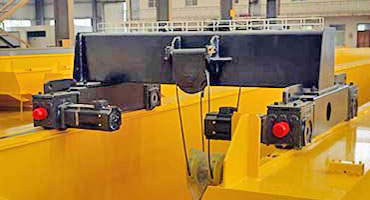
Double girder overhead travelling crane
Double girder overhead crane specifications: Capacity:5 ton to 100ton,Span: 10.5m to 31.5m,Lifting Height: 6m to 18m,Working Class:A5- A7. Ask for double girder overhead crane price.
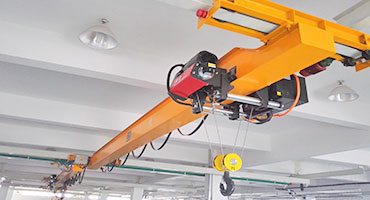
Suspension crane
Underslung overhead crane specifications: Capacity:0.5 ton to 10 ton, Span: 3m to 31.5m, Lifting Height: 6m to 18m,Working Class:A3 to A5. Ask for underrunning crane price & suspension crane price.
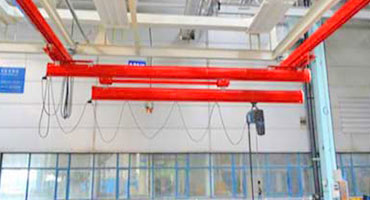
KBK crane
Overhead kbk crane specifications: Capacity: 125Kg-5000Kg,Lifting Height: 2.5m-12m,Maximum Span : 3-10m,Working Class: A3. Ask for kbk crane price & kbk light crane price.
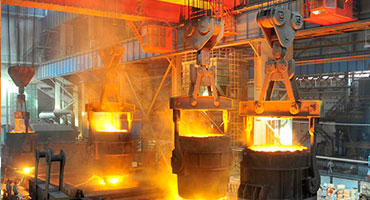
Industrial crane
Customized industrial cranes for various industries such as, steel mill, oil & gas, automobile, machinery assembly, mining, general processing, etc.. Ask for industrial overhead crane price.
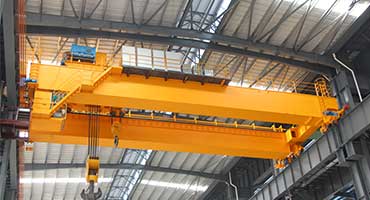
Process crane
For your specific applications, the process cranes are provided to meet your specific conditions and lifting requirements to save your crane costs.. Ask for process crane price.
What is the Span of the Overhead Crane?
One of the most important elements in the cost of an overhead crane is the span, or the distance between the runway rails. The crane girders require more material to manufacture the longer the crane's span. The weight of the crane will be increased as a result of the additional material, which will also raise the cost of the runway if one is required.
What is the Capacity or Maximum Rated Load?
The capacity of an overhead crane refers to the greatest load that may be applied to it in a specific operational configuration and under specific operating conditions.
When the manufacturer is on-site for a consultation, they can estimate the capacity based on their knowledge of:
- The size and weight of the material to be lifted
- Any below-the-hook lifting equipment that may be required
- The size and weight of the material to be lifted
Any below-the-hook lifting equipment that may be required
A crane with a large capacity, a long span, or a harsh service classification may necessitate a double girder design, which means the bridge is made up of two beams. For further strength, these girders might be constructed as rigid welded steel box girders. Because there are large increases in labor and material expenditures to weld and manufacture the girders, this type of configuration will be the most expensive.
What is the Service Classification or Duty Cycle?
Using the following criteria, an overhead crane manufacturer will establish what type of crane classification they'll need to design for your unique lifting application:
- How often will the crane be utilized?
- When transferring equipment or supplies, how quickly will the crane be required?
- How many lifts will the crane have to do every hour?
- Is the crane going to be used on a regular or frequent basis?
- In your plant, how far does the crane have to move material?
- What is the rated load of the materials that will be moved on average?
- How often will the crane be used to make full capacity lifts?
- What kind of environment will the crane be working in?
What is the Operating Environment?
To increase the crane's operating life, environmental variables such as excessive heat, chemicals or fumes, steam, dust, or excess moisture may necessitate special metal coatings and specialist components.
The cost of an overhead crane will be affected in numerous ways by the difficult, blocked, or dangerous operating environment in which it will be built and run.
High heat, the presence of chemicals or fumes, steam, dust, or excessive moisture can all necessitate special metal coatings to protect and extend the crane's operating life. Individual crane components will also need to be sourced to guarantee that they can withstand and hold up in the operational environment.
Explosion-proof cranes are required for facilities such as wastewater treatment plants, fertilizer plants, and oil and gas processing plants. This signifies that the apparatus is unable to produce any kind of spark. These cranes can use a pneumatic air-powered system or a specially engineered electrical system to make them explosion-proof, but these systems can be costly to develop and install.
Cranes that will be operated outdoors will require additional corrosion-resistant coatings as well as weatherproofing to keep moisture, dust, and dirt out. It will also be necessary to obtain stainless steel or galvanized components to ensure that they can withstand exposure to the elements and do not rust.
A hazardous working environment will necessitate the use of special equipment and personal protective equipment (PPE) by the installers during the installation. If the installers don't have easy access to the region to remove an existing building or construct a new one, any barriers to the installation area can increase the cost.
What is the Length of the Runway?
The length of the runway can increase the cost of an overhead crane project by requiring the crane's components to be sized up to a higher capacity.
The runway length is the most significant factor in the overall cost of the runway. The crane's price may be influenced by its length. If you have a long runway and need to make numerous pickups every hour, you may require a speedier trolley and hoist to move up and down the runway quickly. The increased speed may necessitate the crane's components being sized to a larger capacity.
A crane that travels the length of the building at a greater speed may need the operator working from an exposed or enclosed cab, which is more expensive than radio or pendant controls.
Remember that choosing the cheapest solution will almost certainly cost you more in the long run in terms of maintenance and downtime.
Material Costs for overhead crane system
The steel market in the United States is currently unpredictable and unstable. Because of the newly proposed taxes on imported steel, steel prices have been progressively rising. Be aware that your quote may include a warning that the projected material costs are only valid for a limited time or may change at any time.
The process of purchasing an overhead crane might take a long time, from initial consultation through installation. It's likely that by the time you're ready to buy, the steel's original anticipated cost has increased by 3-5 percent or even more!
The steel market in the United States is currently unpredictable and unstable. Because of the newly proposed taxes on imported steel, steel prices have been progressively rising. Be aware that your quote may include a warning that the projected material costs are only valid for a limited time or may change at any time.
The process of purchasing an overhead crane might take a long time, from initial consultation through installation. It's likely that by the time you're ready to buy, the steel's original anticipated cost has increased by 3-5 percent or even more!

Freight Costs, Permits, and Inspections
Are the manufacturers giving you with a single price for a turnkey project—including equipment, freight, and installation—when you review your quotes? Or are they giving separate pricing for each of those services?
Make sure you understand the complete project costs, including FOB shipping, as well as when you, as the customer, are responsible for freight and additional installation charges.
Are you aware of who is in charge of acquiring and paying for permits? You'll need to know if the manufacturer or the installer will handle the permit paperwork, as well as who is responsible for paying any associated fees and scheduling surveys and inspections before and after the work.
What are the Building or Structural Requirements for Operation or Installation?
When an overhead crane is installed in a new construction facility, the runway beams are normally installed during the construction phase, therefore the crane manufacturer does not need to include the runway structure in the quotation process. Crane runway tolerances are far stricter than typical building requirements, therefore exercise caution when working with your construction contractor. Repairing an out-of-tolerance runway might add a significant amount of money to the installation.
There will be additional expenditures for the design, construction, transport, and installation of the crane's runway system if it is retrofitted into an existing building.
Because most crane manufacturers don't provide structural repair or certification services in-house, you'll need to factor in any additional costs associated with hiring concrete contractors or structural engineers to assess your facility. They'll have to see if the existing building structure and base can manage the additional loads that an overhead crane system will bring.
Production Costs
If you're installing an overhead crane in an existing structure, you'll need to assess what kind of production the crane would disrupt. Is there any permanent work cells that need to be moved? What other equipment or apparatus can create a stumbling block for the installers? Is it your intention to keep production operating during the installation?
If the installers will be working around production or operational machinery in your business, they must be informed in advance so that they can provide an accurate cost and schedule for your installation.
However, there are occasions when the cost of stopping manufacturing is simply too high. Understanding how production downtime affects your bottom line will help you decide if it's better to have the installers work while your other equipment is running or if an installation may be scheduled during off-peak hours.
An overhead crane installation can be scheduled in the evenings, on weekends, or even on holidays.
Non-standard installations, on the other hand, are usually more expensive than standard installations since the installers work non-standard hours and may have to work multiple shifts to finish the installation within the specified time limit.
Whether you're buying your first crane or your fifth, we hope this guide has given you enough information to help you make a more informed selection. Always keep in mind that you should never acquire an overhead crane only on the basis of price.
- Consider the following to obtain the most bang for your buck and to comprehend the future return on your investment:
- Understand and debate with the manufacturer why you're spending the money on their recommended crane design and what you'll get in return.
- Make sure you understand the quote completely before discussing it with the manufacturer. Is freight, installation, and other fees such as permits, surveys, and inspection included?
- Make sure the installers come to the installation site before they start to get a sense of your building's architecture and identify anything that could slow down the process.
- Recognize how important this piece of equipment will be to your manufacturing process. Is there a backup plan in place to move materials if the crane fails? How much will downtime in production cost you if your crane needs to be serviced or repaired?
Invest in a training and inspection program that is run in-house. Ensure that your operators understand how to correctly use the equipment and that it is examined and repaired on a regular basis to extend its service life and reduce future downtime.
We deal with customers of various levels of experience in purchasing an overhead crane system, thanks to our 34 years of experience in overhead crane design and manufacturing. We offer the greatest turn-key crane systems to our customers, including complete installation, load testing, and start-up services on every crane we sell.
